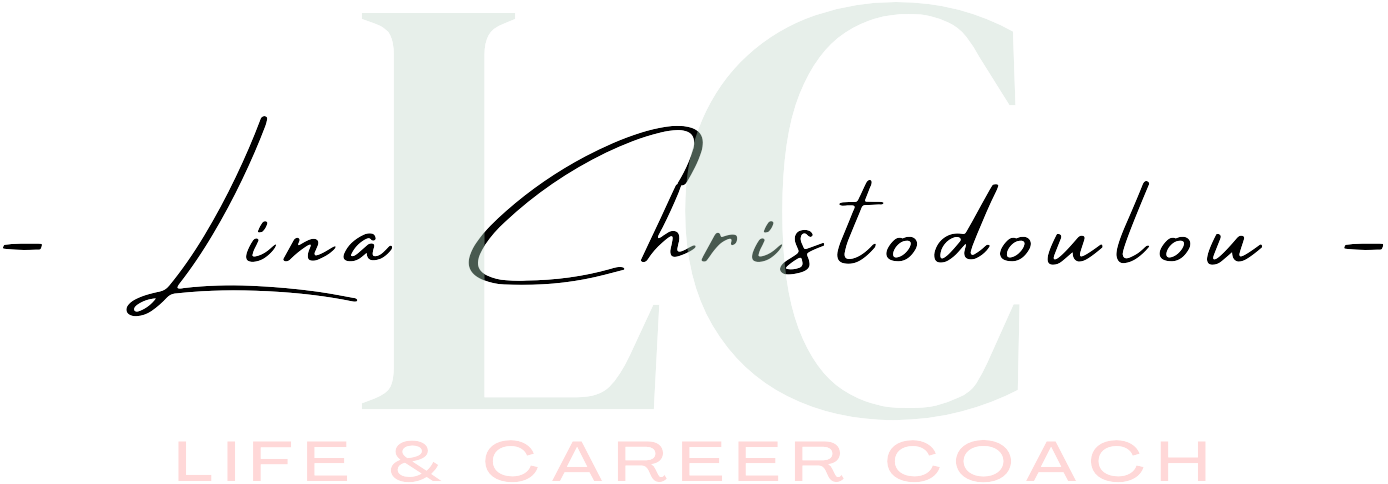Have you ever felt like you’re running on empty, no matter how much you try to rest or recharge? If you’re nodding your head, you might be experiencing burnout—a state of chronic physical and emotional exhaustion.
The Silent Struggle of Burnout
In our achievement-driven society, burnout often sneaks up on us. We push ourselves to meet deadlines, exceed expectations, and juggle multiple responsibilities. But when the stress becomes relentless and unmanageable, it can lead to burnout, draining our energy and enthusiasm.
Recognizing the signs of burnout is crucial to taking the first steps toward recovery. Burnout isn’t just about feeling tired; it’s a profound sense of disconnection and depletion that affects every aspect of our lives.
The Signs
Burnout unfolds in various ways, and understanding its signs can help you take timely action. Here are some key indicators to watch for.
Chronic Fatigue:
- Feeling exhausted all the time, even after a full night’s sleep. This persistent fatigue can make daily tasks feel overwhelming.
Emotional Numbness:
- A sense of detachment or apathy towards your work and personal life. You might find yourself feeling indifferent, disengaged, or emotionally drained.
Reduced Performance:
- Decreased productivity and efficiency. Tasks that were once easy become challenging, and it becomes harder to concentrate and make decisions.
Physical Symptoms:
- Frequent headaches, muscle pain, or digestive issues. Burnout can manifest physically, leading to a range of health problems.
Isolation:
- Withdrawing from social interactions and support networks. You might feel too overwhelmed to connect with others, leading to feelings of loneliness.
Cynicism and Irritability:
- Increased negativity and irritability towards colleagues, clients, or loved ones. A once-positive outlook may become pessimistic and cynical.
Overcoming Burnout
Recognizing burnout is only the first step. Taking proactive measures to address and overcome it is essential for your well-being. Here are some practical steps to help you recover:
Acknowledge Your Feelings:
- Don’t ignore the signs of burnout. Acknowledge your feelings and accept that it’s okay to feel this way. This self-awareness is the first step towards recovery.
Prioritize Self-Care:
- Make self-care a non-negotiable part of your routine. This includes getting adequate sleep, eating nutritious meals, and engaging in regular physical activity. Incorporate relaxation techniques like meditation, yoga, or deep breathing exercises.
Set Boundaries:
- Learn to say no and set clear boundaries to protect your time and energy. Communicate your limits to colleagues, friends, and family to ensure you have the space to recharge.
Seek Support:
- Reach out to trusted friends, family, or a professional therapist. Sharing your feelings and experiences with others can provide relief and perspective.
Reevaluate Your Goals:
- Take a step back to reassess your professional and personal goals. Are they realistic and aligned with your values? Adjusting your goals can reduce unnecessary pressure and stress.
Take Breaks:
- Regular breaks throughout the day can help prevent burnout. Step away from your work, go for a walk, or engage in a hobby that brings you joy.
Explore Passion Projects:
- Reignite your enthusiasm by dedicating time to activities or projects you’re passionate about. This can provide a sense of fulfillment and counterbalance work-related stress.
Overcoming burnout is a journey that requires self-compassion, patience, and proactive steps. By recognizing the signs early and taking deliberate action, you can restore your energy, improve your well-being, and reignite your passion for life and work. Remember, it’s not just about surviving; it’s about thriving in every aspect of your life.

